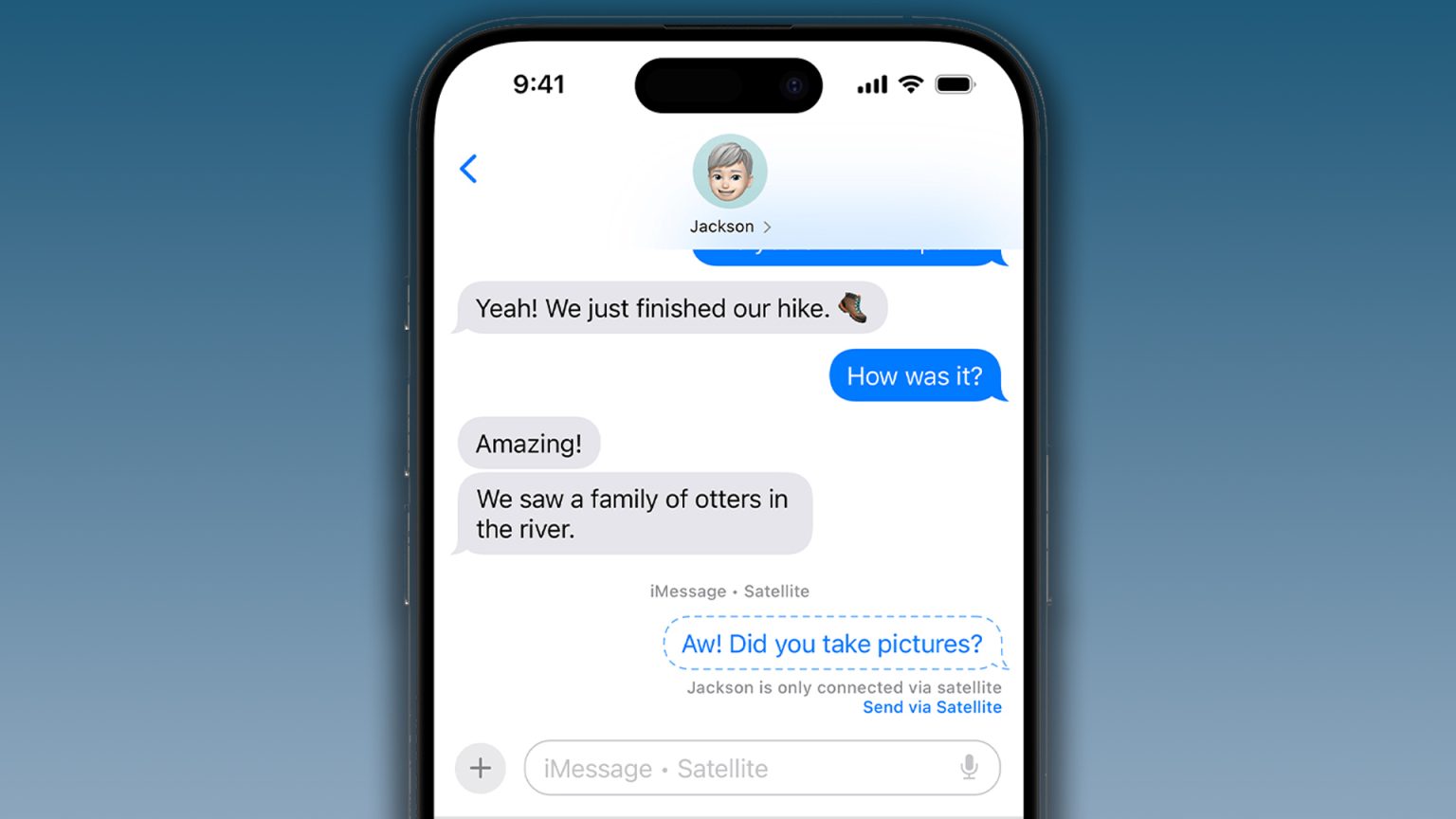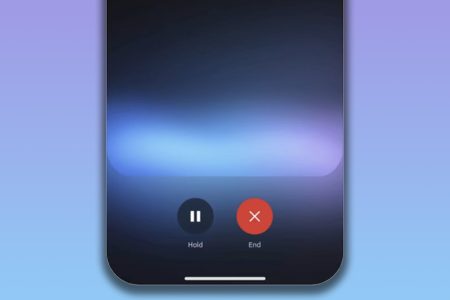Apple recently introduced a new feature on the iPhone that allows users to send text messages even without Wi-Fi or mobile signal. This feature uses satellites passing overhead to relay messages, making it possible to send texts in areas with no signal. The feature is available on iPhone 14 or later models running iOS 18 or later and is free for two years after activation. Users need to ensure that iMessage is turned on and that they have recently sent or received a message with iMessage in order to use this feature.
To send a text message using satellite connection, users can test the feature by going to Settings > Apps > Messages and tapping on the Satellite Connection Demo option. When sending a message for real, users will receive an alert indicating that there is no signal and Wi-Fi coverage, prompting them to tap on the “Use Messages via Satellite” button. Users will then be guided through the process of connecting to a satellite, which may take some time. It is important to be outside with a clear view of the sky and horizon in order to properly connect to a satellite.
Apple provides official tips for connecting to satellites, including being outside with a clear view of the sky, holding the iPhone naturally in your hand, and ensuring that the phone screen is not blocked. Users may need to adjust their position to avoid blocked signals, and satellite connectivity may not work in certain locations above 62° latitude. Once connected to a satellite, users can enter their message and tap the send button. Recipients of the message must also be on iOS 18 in order to receive the message via satellite.
Overall, the satellite texting feature on the iPhone offers a convenient way to stay connected even in areas with poor or no signal. By utilizing satellites passing overhead, users can send text messages without the need for Wi-Fi or mobile signal. The feature is available on newer iPhone models and requires iOS 18 or later to function. With simple steps to connect to a satellite and send a message, users can test this feature before they actually need it, ensuring that they are prepared for situations where traditional communication methods may not be available.











